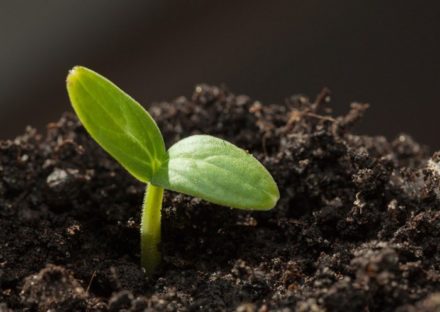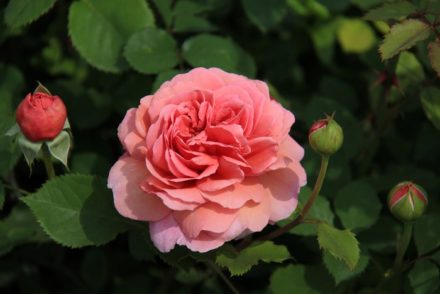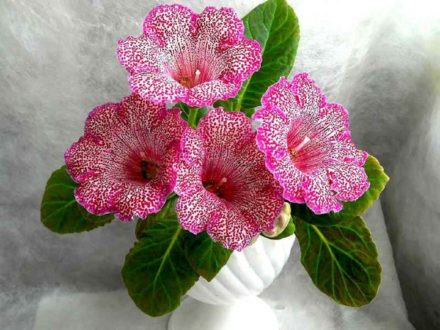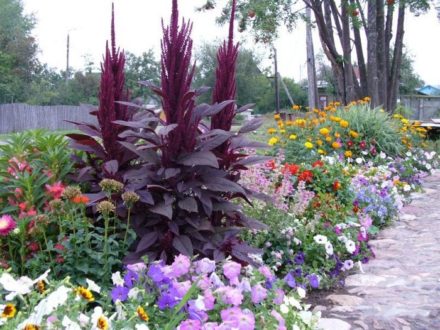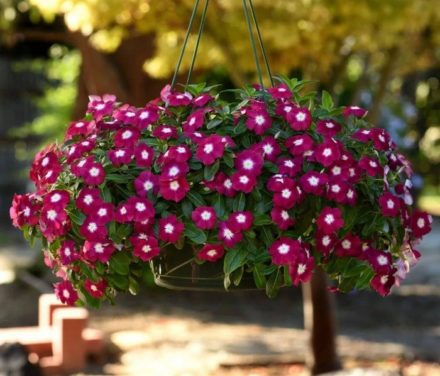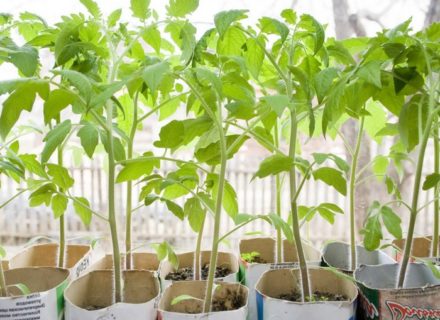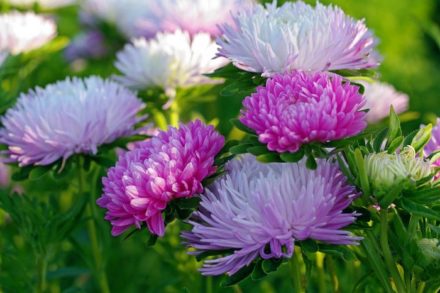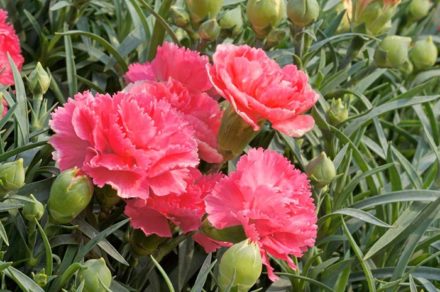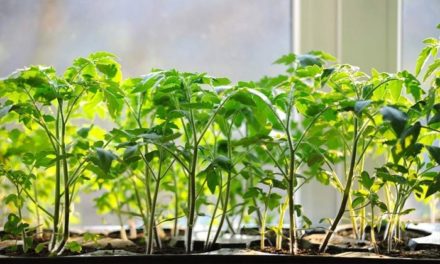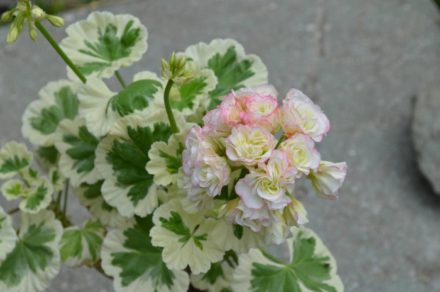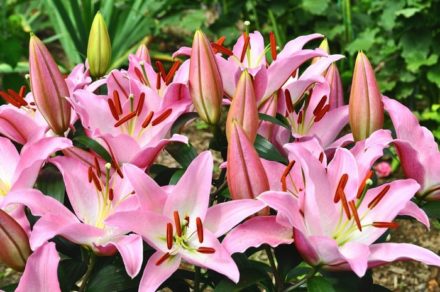Helichrysum belongs to the Asteraceae family. Its inflorescences are miniature baskets of crimson, white, pink, and red. Depending on the variety, the plant can be either perennial or annual. When grown in a flowerbed, the crop does not have any special care requirements, apart from the increased need for lighting. It is enough to plant helichrysum in a sunny place and provide it with infrequent watering and one feeding per season. The seedlings of these flowers are much more whimsical.
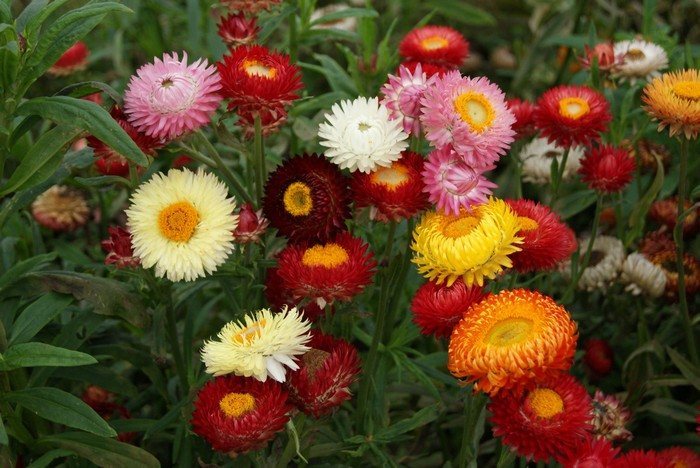
Proper seed storage
It is more convenient to propagate perennial helichrysum species by dividing the bush. However, if we are talking about planting a new variety or an annual variety, the plant will have to be propagated by seeds. Purchased material is usually processed and securely packaged at the factory. If the seeds were collected yourself, they must be properly stored.
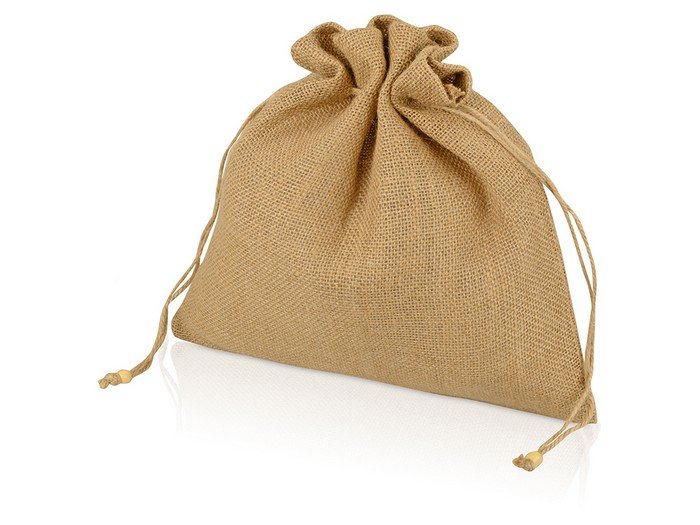
A paper bag or fabric bag is best used as a container. Seeds should be kept at room temperature and humidity not higher than 60%. If planting material has not been stored correctly, it may become moldy. It is unlikely that it will be possible to grow healthy seedlings from defective seeds. Maximum germination of seed material is maintained for 1-1.5 years from the date of collection.
Soil selection
Any seedling requires loose and nutritious soil to grow.Helichrysum is no exception. For planting, you should purchase peat-based soil. Such a substrate has the required degree of looseness and is enriched with all the necessary elements.
You can make your own soil mixture by taking lowland peat, garden soil, and coarse sand in equal proportions. You can add a couple of handfuls of perlite or vermiculite to the substrate to add moisture retention.
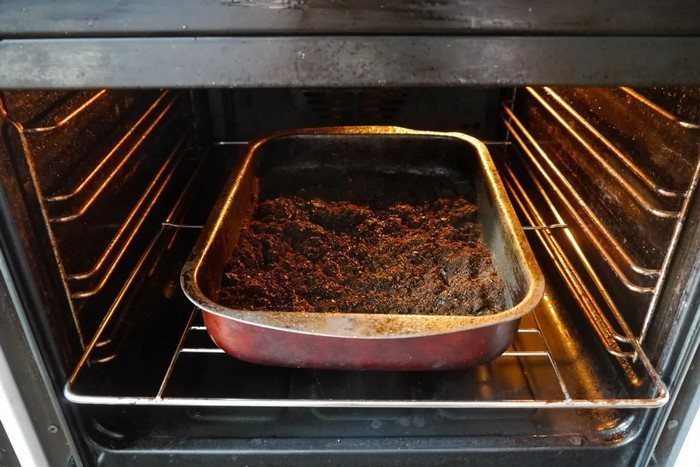
The earth must first be calcined in the oven (30 minutes at a temperature of 70 °C) or kept in a colander in a water bath for at least 20 minutes, stirring occasionally. This measure will help rid the soil of pathogens, larvae and fungi. The purchased substrate does not need to be processed, since it is already disinfected.
Features of sowing
Sowing of helichrysum begins 1.5-2 months before the seedlings can be planted in the flowerbed. Seedlings should be placed in open ground after the threat of frost, which can destroy young plants, has disappeared. At home, the bushes will have time to grow and get stronger, and develop strong roots.
Sowing dates by region:
- in the south of Russia - at the end of February;
- in the middle zone - during March;
- in Siberia and the Urals - in early April.
The crop has small seeds, which are best sown in a common container - this saves space and makes it easier to care for. The height of the container should be 6–8 cm. This could easily be an empty cake box or a plastic tray. You must make several drainage holes in the bottom. Helichrysum seeds do not require preliminary preparation; they are sown dry.
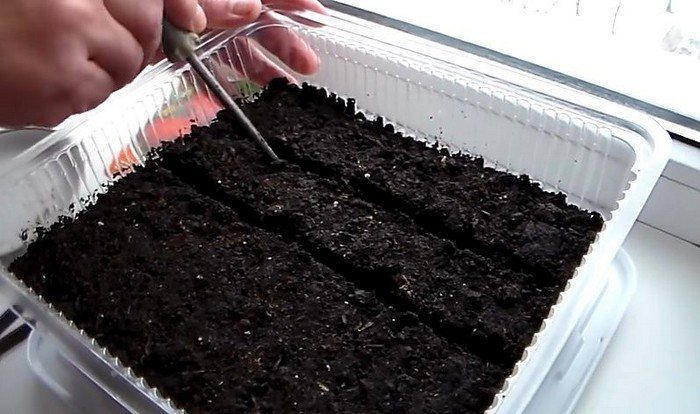
The soil is slightly moistened before sowing.Then, with a pencil, grooves 3–5 mm deep are cut at intervals of 5 cm. The seeds are placed in recesses at a distance of 2 cm from each other and sprinkled on top with a thin layer of dry sifted earth. Then the crops are moistened with a sprayer and covered with a transparent film to create greenhouse conditions. Shoots will appear after 7–10 days.
Seedling care
Until the first shoots appear, the seedlings are ventilated daily, briefly removing the cover. If the soil begins to dry out, it is moistened again with a spray bottle. Even if the soil is dried out once at this stage, the seeds will die and will not sprout.
The air temperature at this time is maintained at +24–26 °C.
After the emergence of seedlings, the shelter is removed, but not abruptly. The seedlings are gradually accustomed to the dry air of the room by removing the film daily for 2–3 hours in the morning and evening. After 3 days, the cover can be removed completely. The temperature regime is made cooler (+16–17 °C at night and +20 °C during the day).
Seedlings require 12–14 hours of daylight; if there is not enough light, the plants will begin to stretch. The box with seedlings should be placed on the brightest windowsill. In the morning and evening, the seedlings are additionally illuminated with a phytolamp, a fluorescent lamp, or an LED lamp.
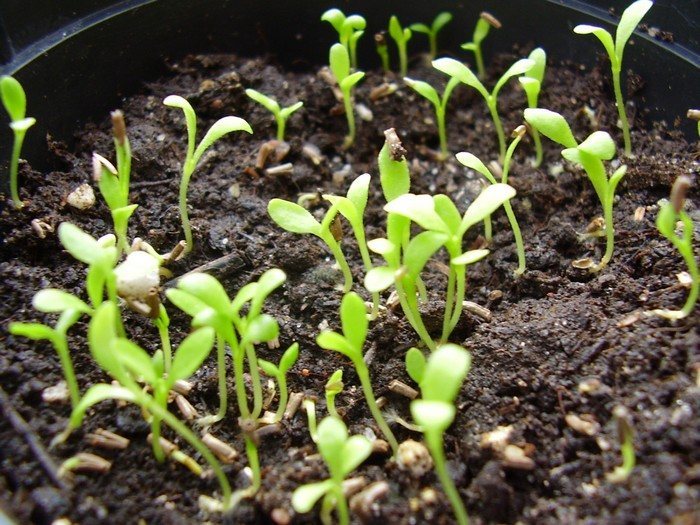
Watering is carried out with settled warm water using a syringe or syringe. Water should be supplied strictly to the root of each seedling, avoiding waterlogging. Over-drying of the soil at this stage should still not be allowed. Tender plants are not yet able to create a supply of water for themselves in the leaves and stems.
After 2–3 weeks, the seedlings are planted, planted in separate 200 ml cups, since they are already cramped in a common container. After picking, the plants are sprayed with a solution of Epin or Zircon, this will help relieve stress. Over the next 4–5 days, helichrysum is protected from direct sunlight.
Planting in a flowerbed
At the age of 45–60 days, the seedlings are transplanted into a flower bed. 2 weeks before this, the plants are fertilized with complex flower fertilizer in half the dosage. To make the seedlings easier to adapt after planting in the ground, they are first hardened off by first opening the window slightly and then briefly taking them out into the air.
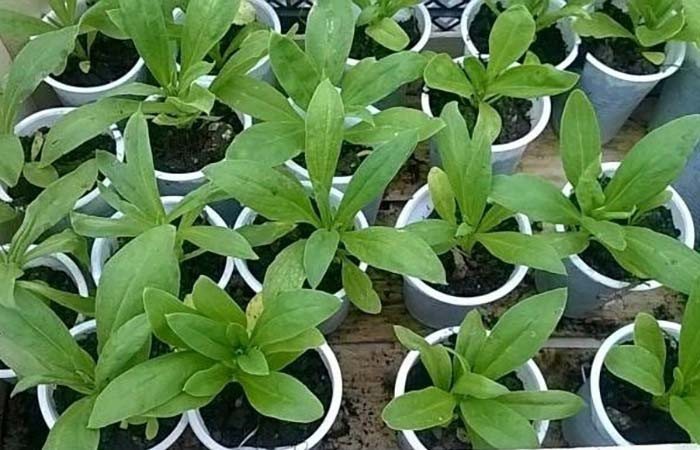
Hardening should begin no later than 10 days before the final relocation.
The seedlings are planted in a flowerbed without destroying the earthen clod at intervals of 20–30 cm. The soil must first be loosened. The size of the holes should correspond to the volume of the root system of the seedlings with a small margin.
Helichrysums are good not only in the flowerbed, but also as a cut flower. The plant belongs to the group of dried flowers and can stand for as long as desired without losing its decorative effect. To get a chic flowerbed or bouquet of helichrysums, you need to provide the plants with maximum attention in the initial stages of growth.


